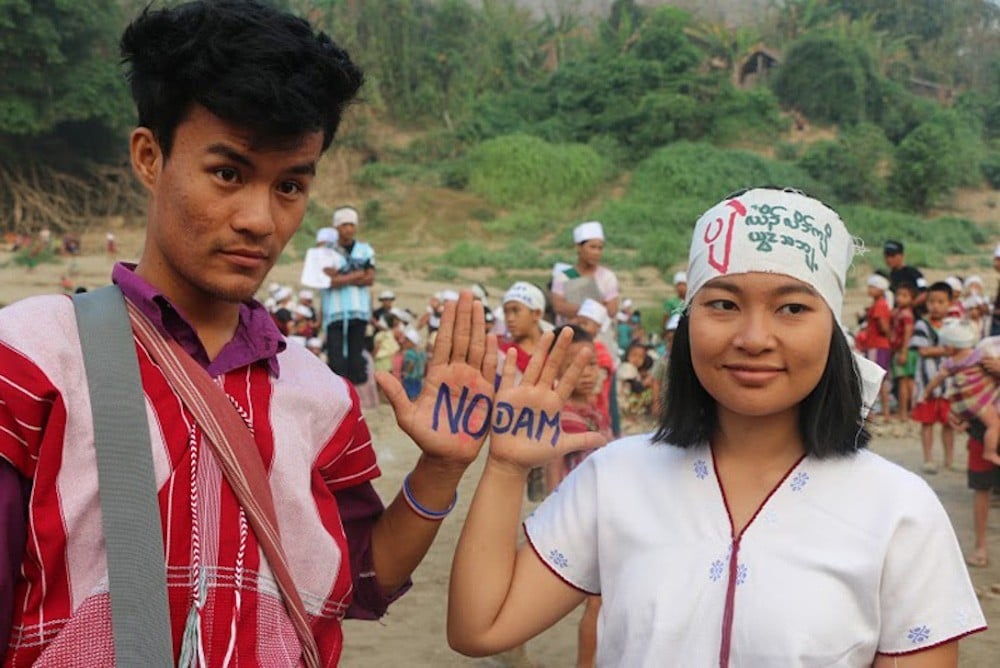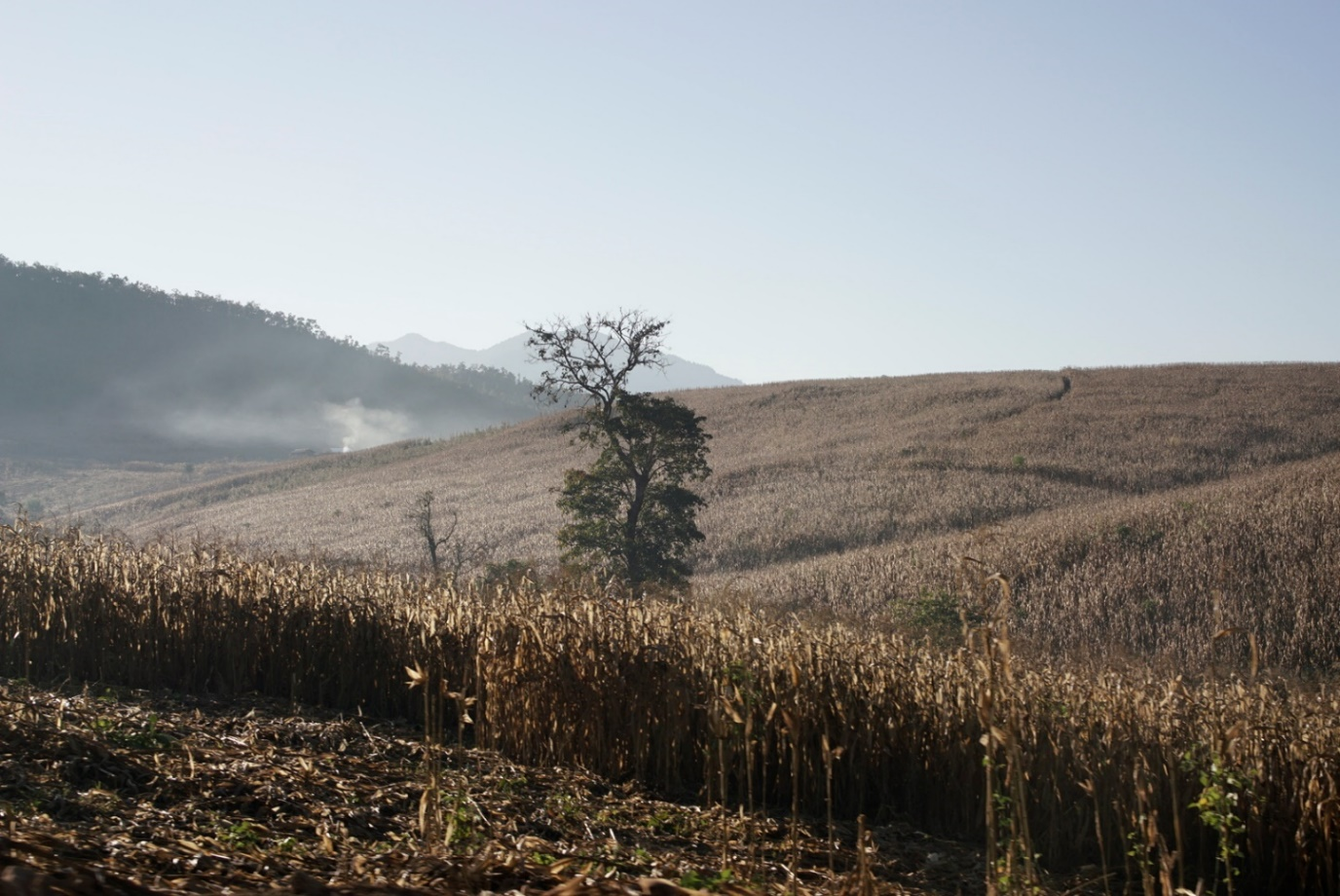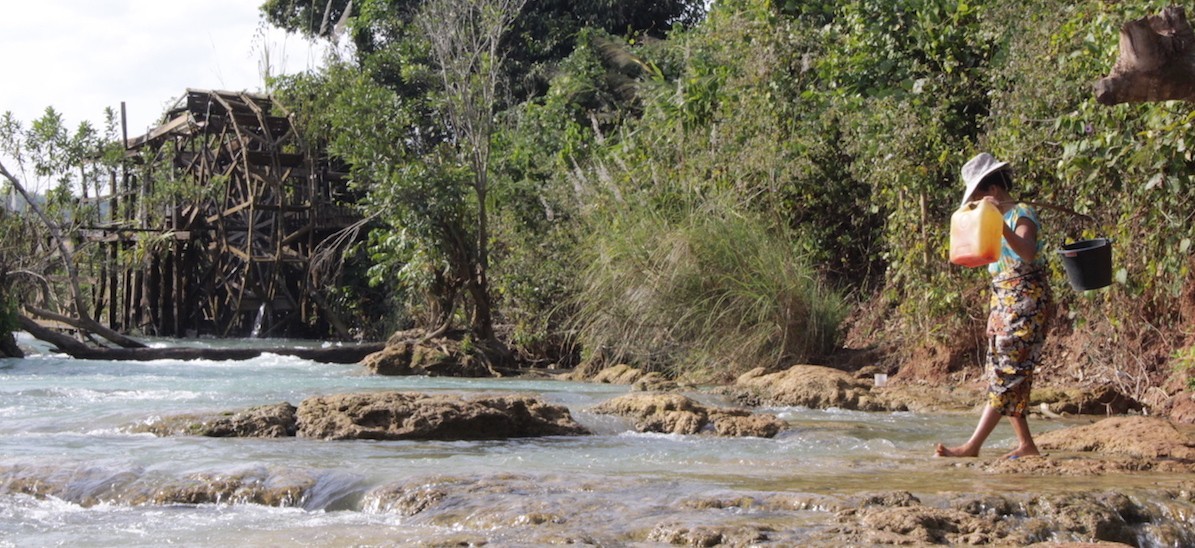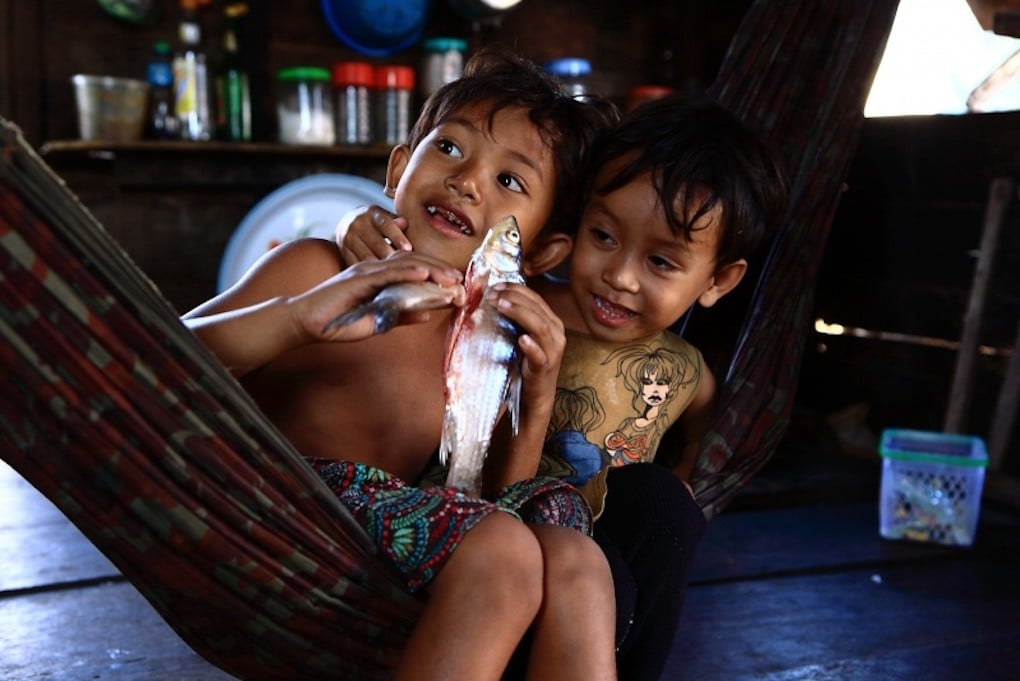Myanmar Rivers Network has called for the suspension of construction on mega dam projects, a special economic zone and extraction of value-added mineral resources until a federal agreement is signed.
At a press conference at the Orchid Hotel on December 7, the network released a statement saying that the respective governments and companies must give full compensations to villagers who had been moved by force because of previous dam construction projects.
The statement urged authorities to review all dam projects and to share electricity generated from previous dam projects with respective states and regions. It said planned dam projects, including other projects in ethnic regions, should not be implemented without public approval. This would stop wars between ethnic armed groups and the Myanmar army which is carrying out security tasks at the dams.
Although there have been human rights violations at the No-1 Shweli Dam Project which was being constructed on the Shweli River, Northern Shan State, no-one from the company took responsibility, the statement said.
“If the No-3 Shweli Dam Project is implemented, there will be conflicts, human rights violations as well as the transfer of people. Moreover, the project may threaten the internal peace building,” said Mai M Ngae from Ta-aung Student and Youth Association.
It was also revealed at the press conference that a bilateral agreement on a basic electricity infrastructure and power generating between Myanmar and India was signed during the State Counsellor’s visit in October.
The network also urged the former government led by the President Thein Sein to stop construction of the Htamanthi Hydropower project on the Chindwin River, upper Sagaing Region. It said the project may impact on the socio-economic life of people and the environment.
There have been concerns that the construction project was being carried out by the incumbent government.
In 2007, two villages were moved due to the implementation of Htamanthi Hydropower project. If the project is implemented, a village comprising of more than 45,000 villagers in the watershed area will be moved again.





